Getting a toehold in London isn’t easy, particularly for an architect looking to design his own family home. Hugh Strange presented himself with the challenge of building on a small, oddly scaled pub yard in Deptford. His results have been described as “practical, cost-effective, and exuding humanity and warmth.”
Photographs via Hugh Strange Architects.

Above: Hugh Strange preserved the weathered brick perimeter wall that once enclosed a pub. It took him several years to secure permits to build on what had been a neglected urban lot.

Above: The brick enclosure screens out the street and creates a private wraparound terrace on two sides of the house. Vertical panels of spruce frame the windows and doors. The building’s framework was prefabricated in a Swiss factory and driven to the site, enabling the building’s skeleton to be erected in a week on a concrete raft foundation that didn’t require excavation. In 2011, it won an AIA prize as Best Small Project.

Above: The 807-square-foot interior is long and narrow with high ceilings and a bank of south-facing windows that make the open setup feel much larger than it is. The walls and ceilings are paneled in a pale wood treated with a Scandinavian wash. (If you like the look, see our posts: Scandi Whitewashed Floors: Before and After and World’s Most Beautiful Wood Floors. Also consult the Remodelista book.)

Above: Living, cooking, and eating all take place in one central space.
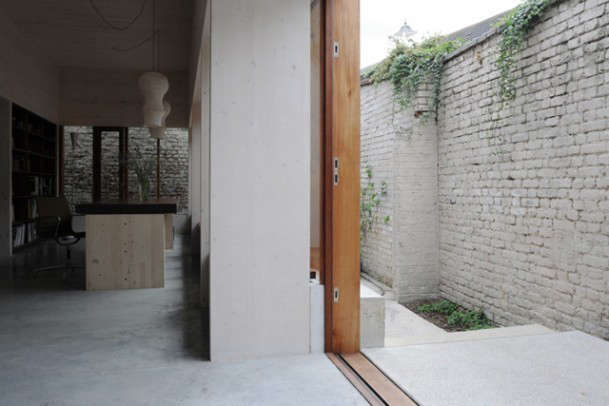
Above: Sliding doors open onto the courtyard.

Above: In a corner off the kitchen, a single high window frames a view of a church. The floors are polished concrete with radiant heating, an energy-efficient choice. See Remodeling 101: Five Things to Know About Radiant Floor Heating.

Above: The house was completed in 2011 and an office addition, shown here, was recently finished. It’s made of fiber concrete panels with galvanized steel trim.
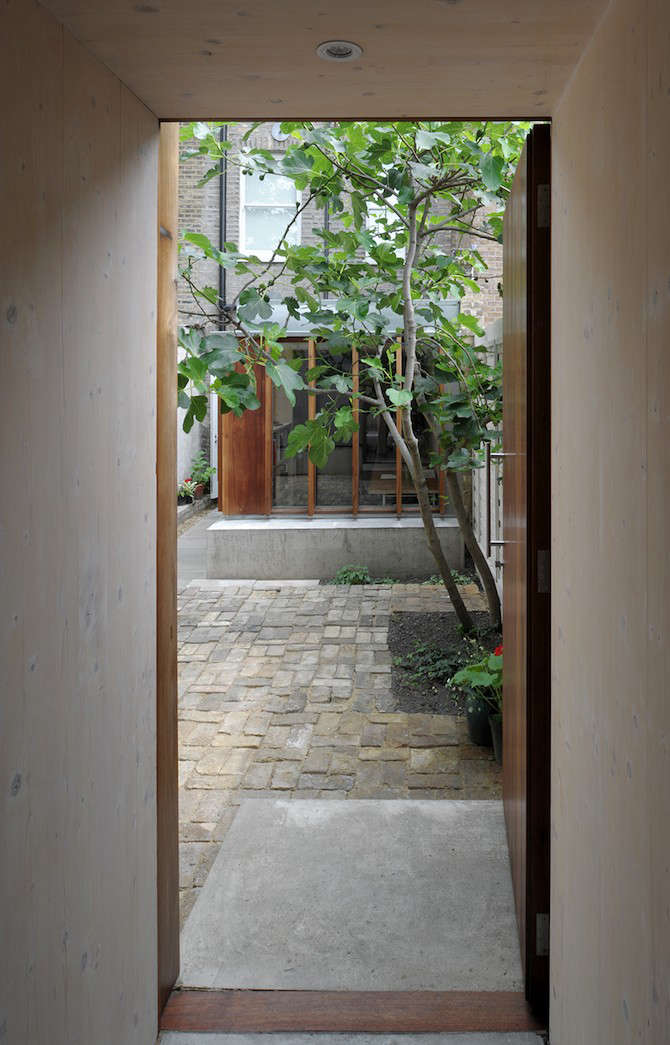
Above: A cobblestone courtyard connects house and office.

Above: The new quarters of Hugh Strange Architects. Like the house, the office makes inventive use of a long, narrow space.

Above: Built-in bookcases are a signature in the office and house.

Above: The office puts white brick to use inside and out.
Looking for an architect? Go to the Remodelista Architect/Designer Directory for our recommendations. And for inspiration, have a look at our Architect Visit posts and Gallery of Rooms and Spaces.
Frequently asked questions
Who designed the Strange House featured on Remodelista?
The Strange House was designed by Hugh Strange Architects, based in London.
What is the unique feature of the Strange House?
The Strange House has a distinctive zig-zag roofline which follows the natural contours of the sloping site it sits on.
What materials were used to construct the Strange House?
The Strange House is constructed from concrete, glass and timber.
What type of heating system does the Strange House have?
The Strange House features an underfloor heating system which is powered by a ground-source heat pump.
Is the Strange House wheelchair accessible?
Yes, the Strange House is wheelchair accessible and features an elevator which goes to all floors.
Does the Strange House have any energy-efficient features?
Yes, the Strange House is designed to be energy-efficient with features such as a ground-source heat pump, solar panels and a mechanical ventilation system with heat recovery.
What is the total square footage of the Strange House?
The Strange House is approximately 2,000 square feet.
Is the Strange House available for rent or purchase?
It is not clear whether the Strange House is available for rent or purchase, as it appears to be a private residential property.
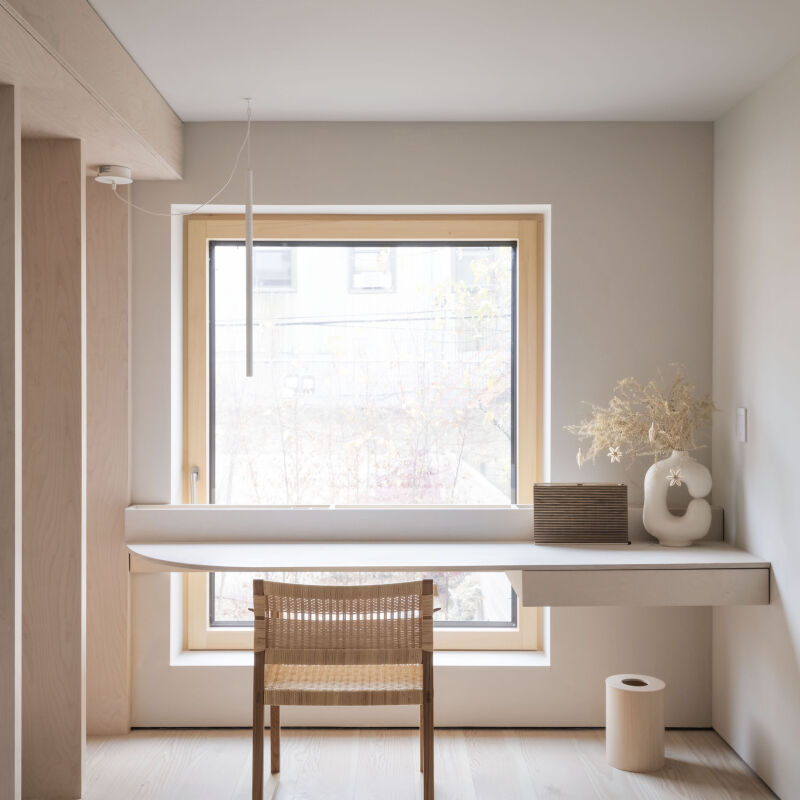
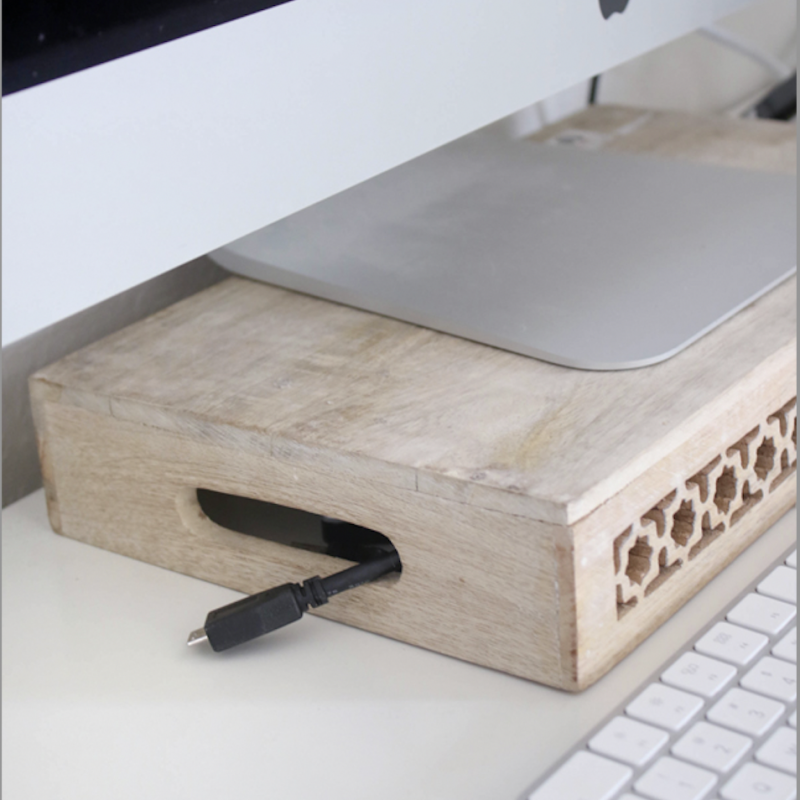
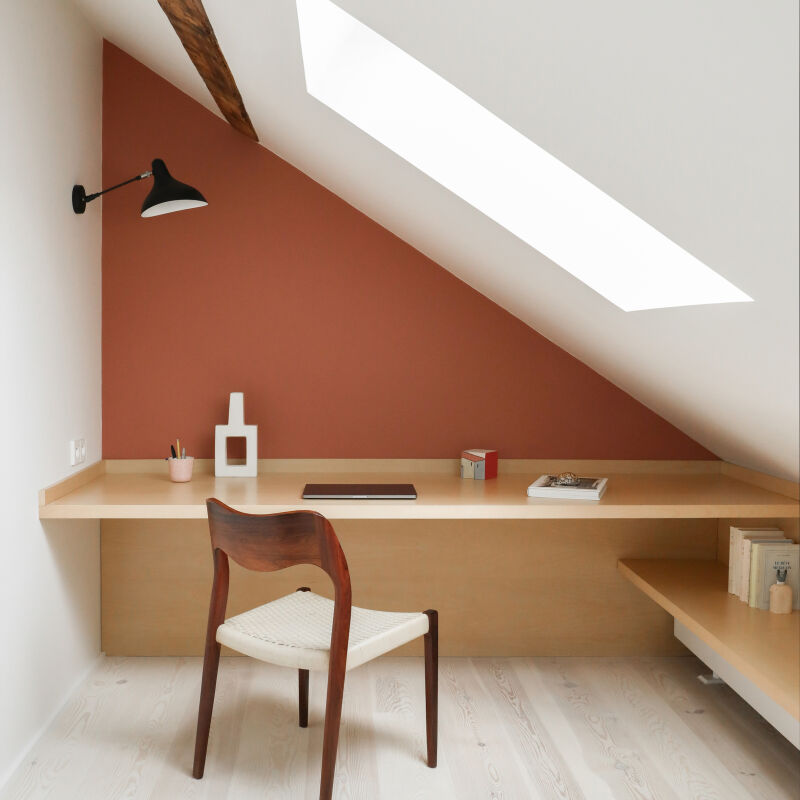



Have a Question or Comment About This Post?
Join the conversation